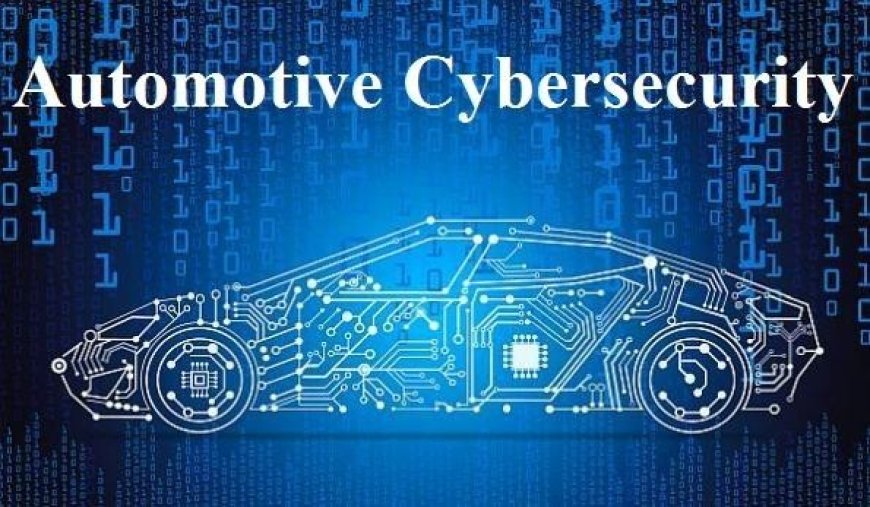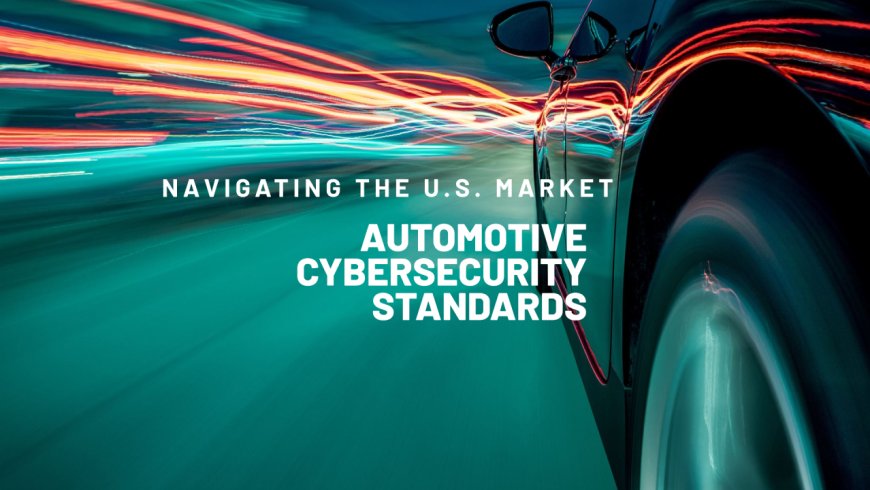The Road Ahead: Navigating Automotive Cybersecurity
Discover the critical importance of automotive cybersecurity in the era of connected cars, autonomous driving, and electric vehicles. Learn about the challenges, regulations, and future trends shaping the industry’s approach to cybersecurity. Explore the evolving landscape of automotive cybersecurity. This article delves into the key challenges, regulatory frameworks, and future trends that are essential for securing modern vehicles against cyber threats. Stay informed about the latest developments in automotive cybersecurity and how they impact the global automotive industry.

In the rapidly evolving world of automotive technology, cybersecurity has emerged as a critical concern. With the advent of connected cars, autonomous driving, and electric vehicles, the automotive industry is undergoing a transformation that brings both opportunities and challenges. One of the most pressing challenges is ensuring the cybersecurity of these advanced vehicles.
The Growing Importance of Automotive Cybersecurity
Modern vehicles are no longer just mechanical machines; they are sophisticated information hubs. They rely on complex software systems to operate, communicate, and provide a seamless driving experience. However, this increased connectivity also makes them vulnerable to cyberattacks. Hackers can potentially gain access to a vehicle’s systems, compromising safety and privacy.
Key Challenges in Automotive Cybersecurity
- Complexity of Systems: Modern vehicles have numerous interconnected systems, including infotainment, navigation, and safety features. Securing each of these systems against cyber threats is a daunting task.
- Supply Chain Vulnerabilities: The automotive supply chain involves multiple stakeholders, from manufacturers to software providers. Ensuring cybersecurity across this diverse ecosystem is challenging.
- Rapid Technological Advancements: As technology evolves, so do the methods used by cybercriminals. Keeping up with these advancements requires continuous innovation and vigilance.
Regulatory Landscape

To address these challenges, regulatory bodies are stepping in. The United Nations Economic Commission for Europe (UNECE) has introduced WP.29 regulations, which set minimum cybersecurity requirements for vehicles. These regulations aim to ensure that manufacturers implement robust cybersecurity measures throughout the vehicle’s lifecycle, from design to decommissioning1.
Additionally, the International Organization for Standardization (ISO) and the Society of Automotive Engineers (SAE) have developed standards such as ISO/SAE 21434, which provides guidelines for cybersecurity engineering in road vehicles. These standards help manufacturers establish a systematic approach to managing cybersecurity risks.
Future Trends in Automotive Cybersecurity
- Artificial Intelligence (AI): AI is playing an increasingly important role in detecting and mitigating cyber threats. Machine learning algorithms can analyze vast amounts of data to identify anomalies and potential attacks.
- Over-the-Air (OTA) Updates: OTA updates allow manufacturers to remotely update a vehicle’s software, ensuring that security patches and improvements are deployed quickly and efficiently.
- Collaboration and Information Sharing: The automotive industry is recognizing the importance of collaboration. Sharing information about threats and vulnerabilities can help create a more secure ecosystem.
Conclusion
As the automotive industry continues to innovate, cybersecurity must remain a top priority. Ensuring the safety and security of connected cars, autonomous vehicles, and electric vehicles requires a comprehensive approach that includes robust regulations, advanced technologies, and industry-wide collaboration. By staying ahead of cyber threats, the automotive industry can pave the way for a safer and more secure future on the road.
What's Your Reaction?







































































































